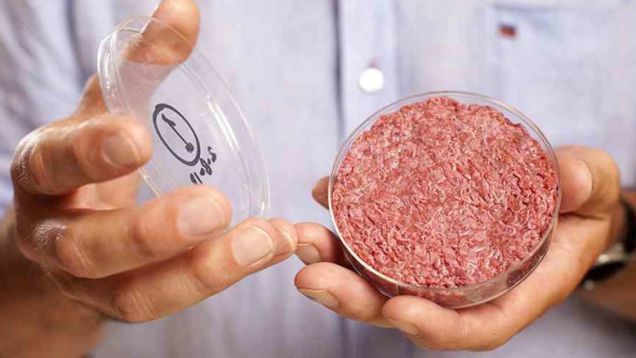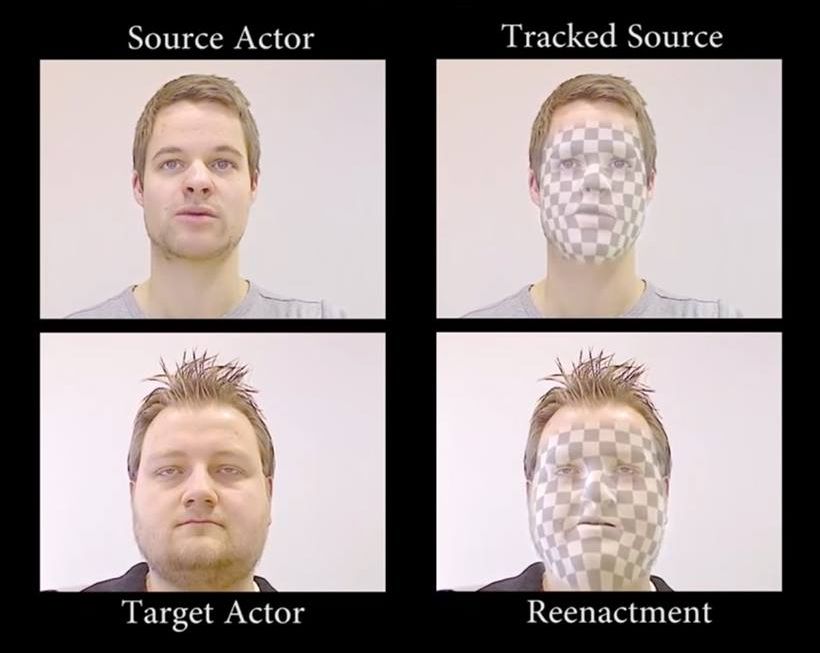Oct 17, 2015
Programming Hate Into AI Will Be Controversial, But Possibly Necessary
Posted by Albert Sanchez in categories: biotech/medical, education, neuroscience, robotics/AI
In the last few years, the topic of artificial intelligence (AI) has been thrust into the mainstream. No longer just the domain of sci-fi fans, nerds or Google engineers, I hear people discussing AI at parties, coffee shops and even at the dinner table: My five-year-old daughter brought it up the other night over taco lasagna. When I asked her if anything interesting had happened in school, she replied that her teacher discussed smart robots.
The exploration of intelligence — be it human or artificial — is ultimately the domain of epistemology, the study of knowledge. Since the first musings of creating AI back in antiquity, epistemology seems to have led the debate on how to do it. The question I hear most in this field from the public is: How can humans develop another intelligent consciousness if we can’t even understand our own?
It’s a prudent question. The human brain, despite being only about 3 pounds in weight, is the least understood organ in the body. And with a billion neurons — with 100 trillion connections — it’s safe to say it’s going to be a long time before we end up figuring out the brain.
















